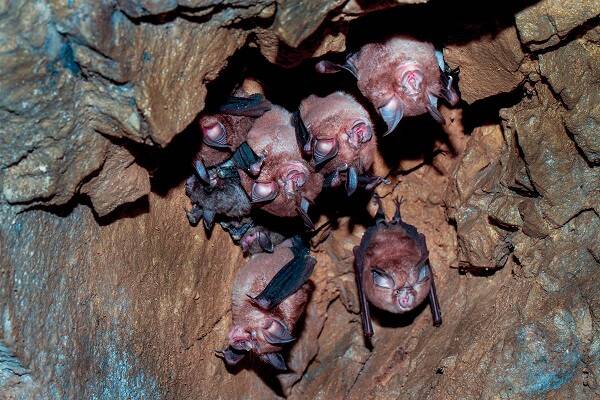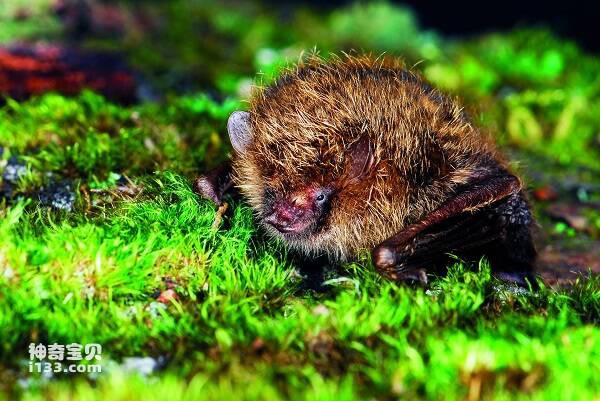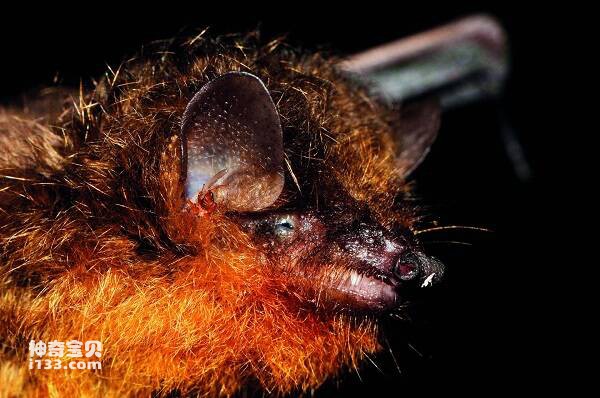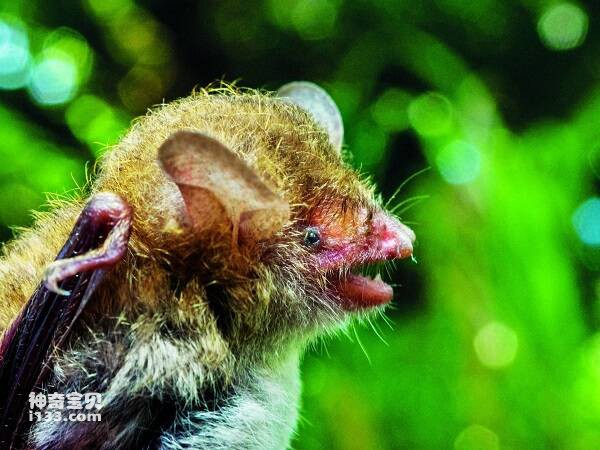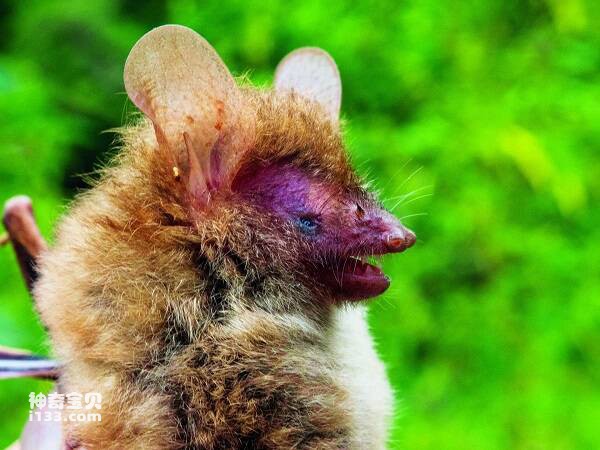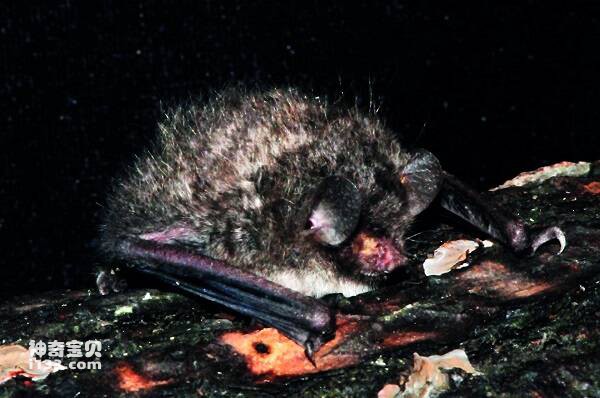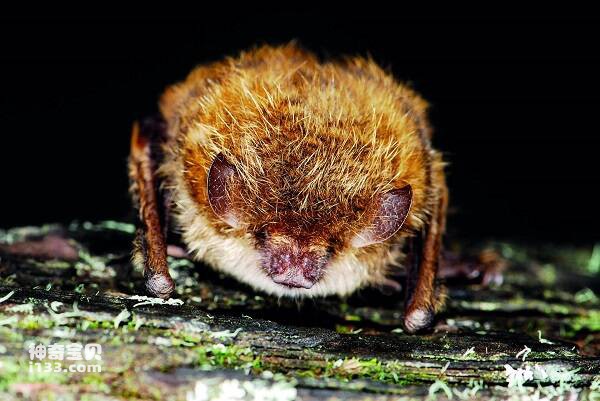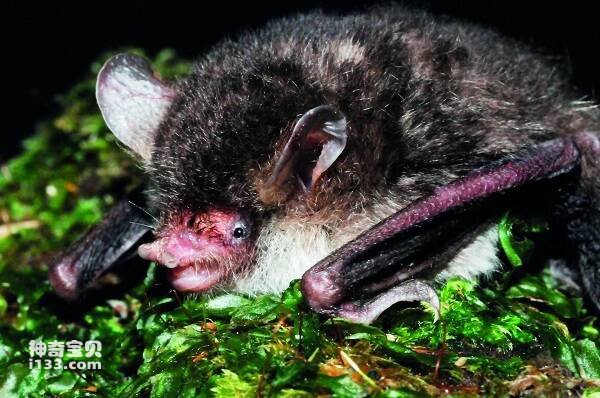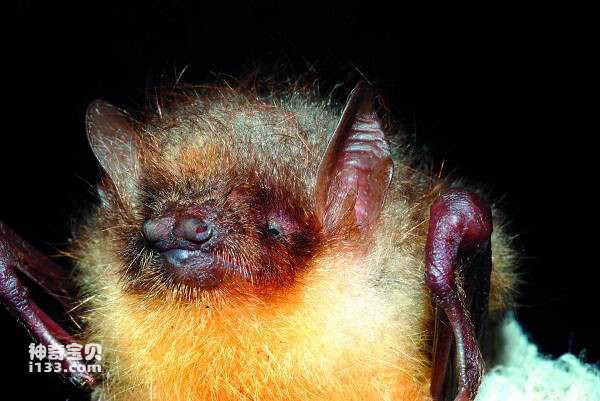Rhinolophus medius
IUCN
LCBasic Information
Scientific classification
- name:Rhinolophus medius
- Scientific Name:Rhinolophus affinis
- Outline:Chiroptera
- Family:Chiroptera Rhinolophidae Rhinolophus
Vital signs
- length:
- Weight:
- lifetime:
Feature
The posterior nasal concavity is obvious and the palate bridge is the shortest.
Distribution and Habitat
In China, it is widely distributed in provinces and regions south of the Yangtze River, Shanxi, Hainan and Hong Kong. Abroad, it is distributed in the Indian subcontinent and Southeast Asia in southern Asia.
The middle horseshoe bat lives in moist caves and abandoned mine tunnels at an altitude of 290-2000 meters in tropical and subtropical regions.
Appearance
The body is medium-sized. The forearm is 47-54mm long. The total length of the skull is 22-24mm. The saddle-shaped lobe is concave on both sides from the front view, slightly resembling a violin; the top of the connecting lobe is low and round, and there is a depression between the saddle-shaped lobe. The metacarpal bones of the 3rd, 4th and 5th fingers are nearly equal in length. The dorsal hair is dark brown, and the ventral hair is light. The tail is short and nearly parallel to the interfemoral membrane.
Details
The middle horseshoe bat is a common cave bat species. It lives in moist caves, abandoned mines, tunnels, etc. It can live in the same cave with the big-footed bat (<Hipposideros armiger>), the small horseshoe bat (<Rhinolophus pusillus>), the Pi's horseshoe bat (<R. pearsonii>), the Chinese mouse-eared bat (<Myotis chinensis>), etc. It feeds on insects such as mosquitoes and moths. It is beneficial to humans.
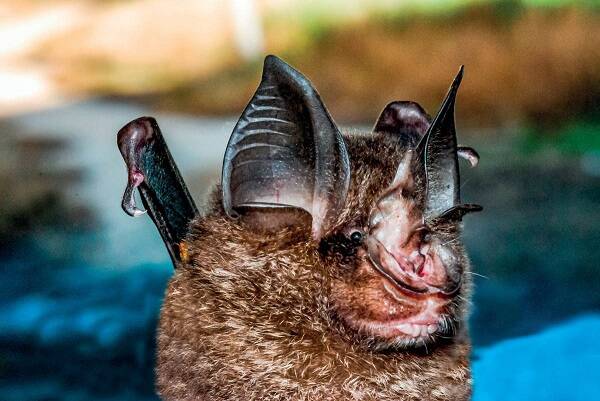
The Chinese horseshoe bat often hangs upside down on the side of the cave alone or in groups, with a perch height of about 2-3 meters. Other species that have been seen living in the same cave include Rhinolophus ruegensis, Rhinolophus horned, Hoofed bat, Hairy-legged Myotis bat and Broken-winged bat. They will not fly away if disturbed during hibernation, have no food in their stomachs, and have little feces in their intestines. They will gradually come out of hibernation in April. They rest in the cave during the day and come out of the cave to feed at about 19:30, preying on mosquitoes, moths and other insects. The length of the intestine is about 2.68 times the length of the body (2.2-3.1). Generally, most of them have returned to the cave before 23:00.
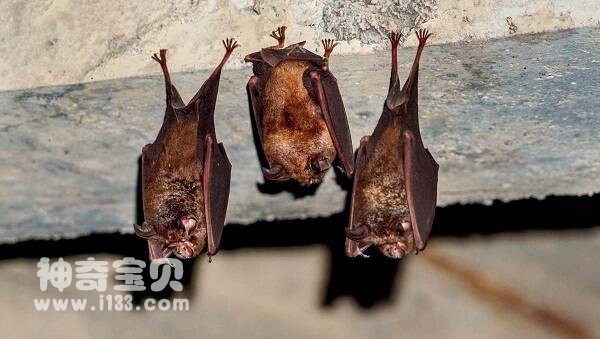
The breeding time of the Chinese horseshoe bat is in spring and summer. The embryo is conceived in the right corner of the uterus. One baby is born per litter. Some females reach sexual maturity in the second year.
The Chinese horseshoe bat is a highly adaptable species that is widely found in South Asia, China and Southeast Asia. There are no major threats facing this species, the population distribution is not scattered, and the development trend is stable.
The Chinese horseshoe bat has been listed in the 2008 Red List of Endangered Species of the World Conservation Union (IUCN) ver 3.1 - Least Concern (LC).
